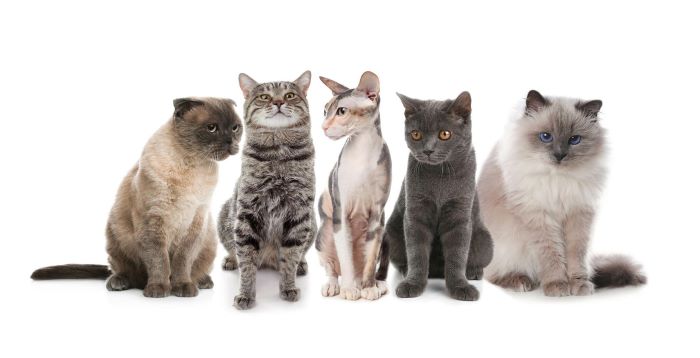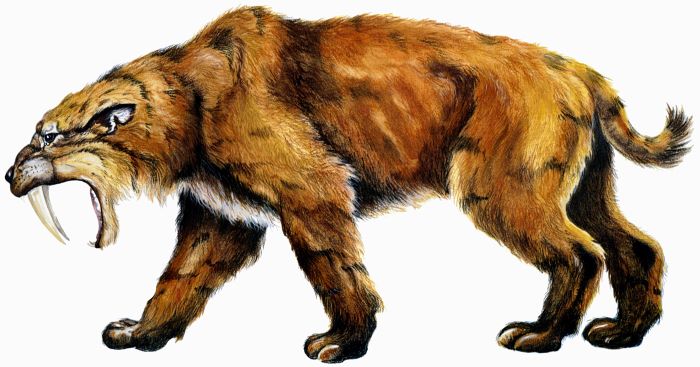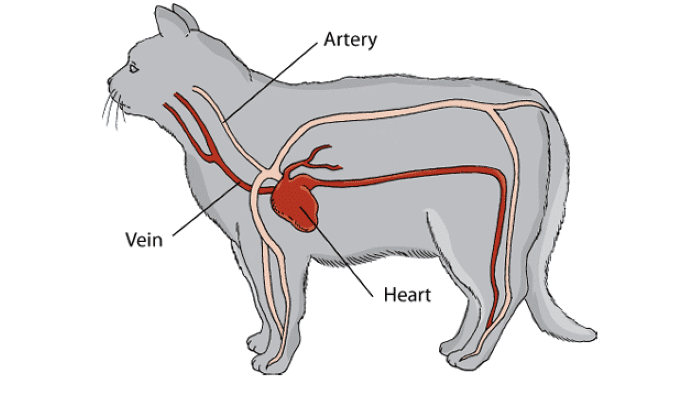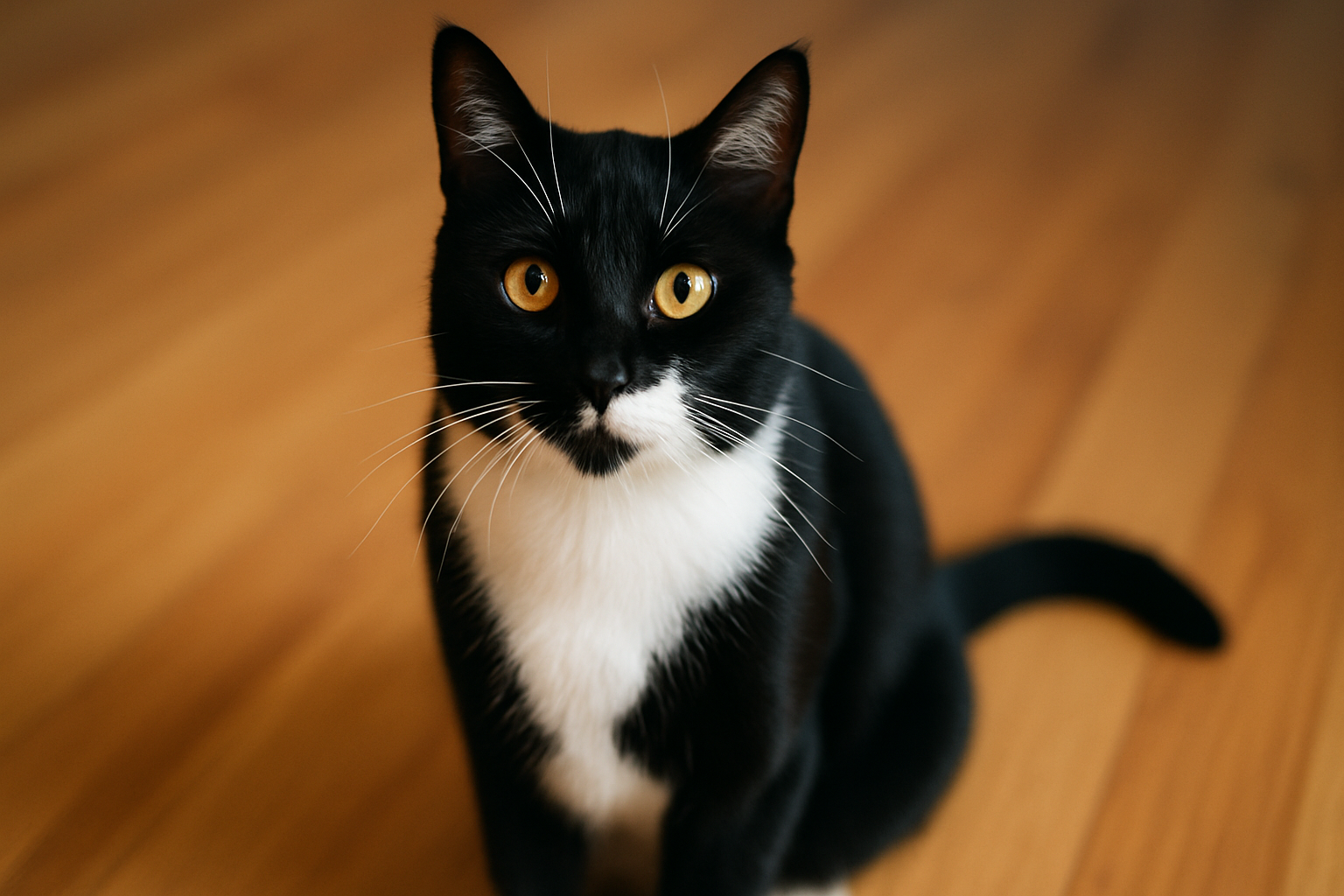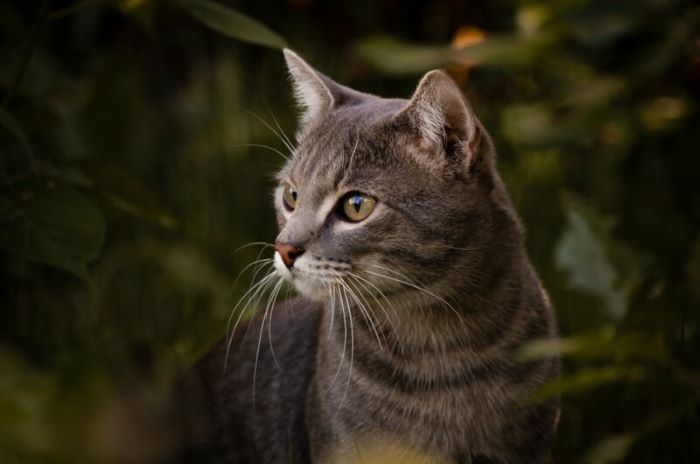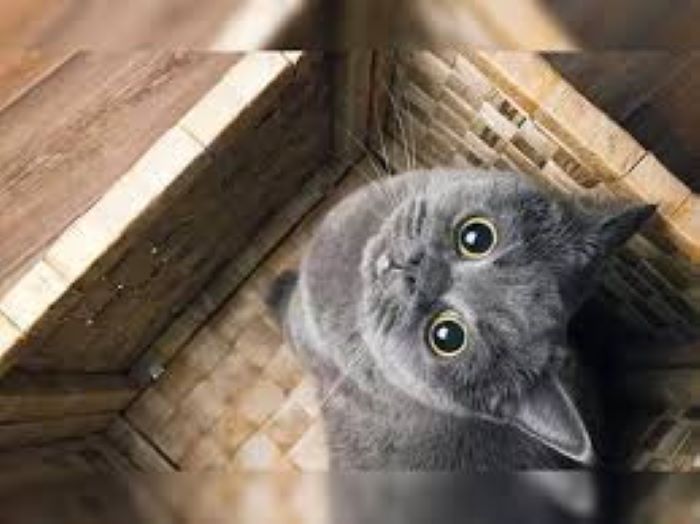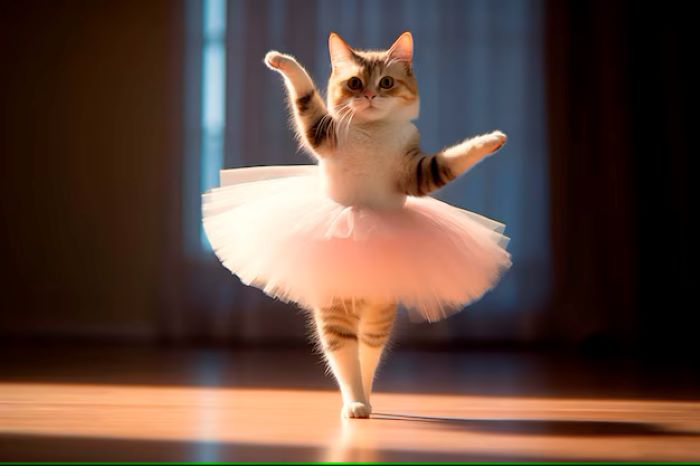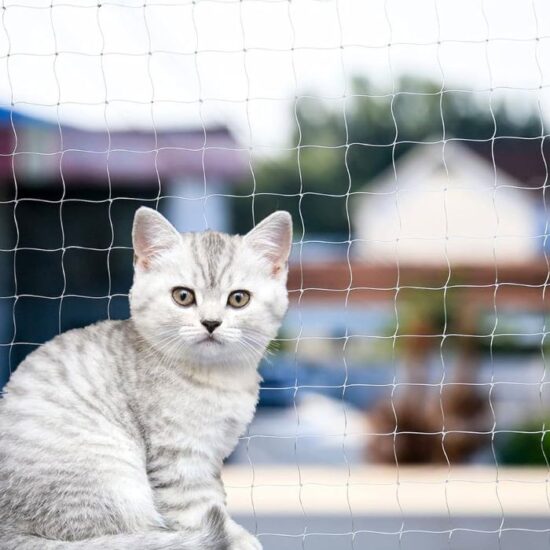Cats in The New World
With the beginning of the great voyages of discovery and colonization that set out from Europe from the 15th century onward, domestic cats crossed the Atlantic for the first time. Taken on board sailing ships to control infestations of rodents, they had ample time on the long sea passages to the Americas to produce kittens. … Read more

